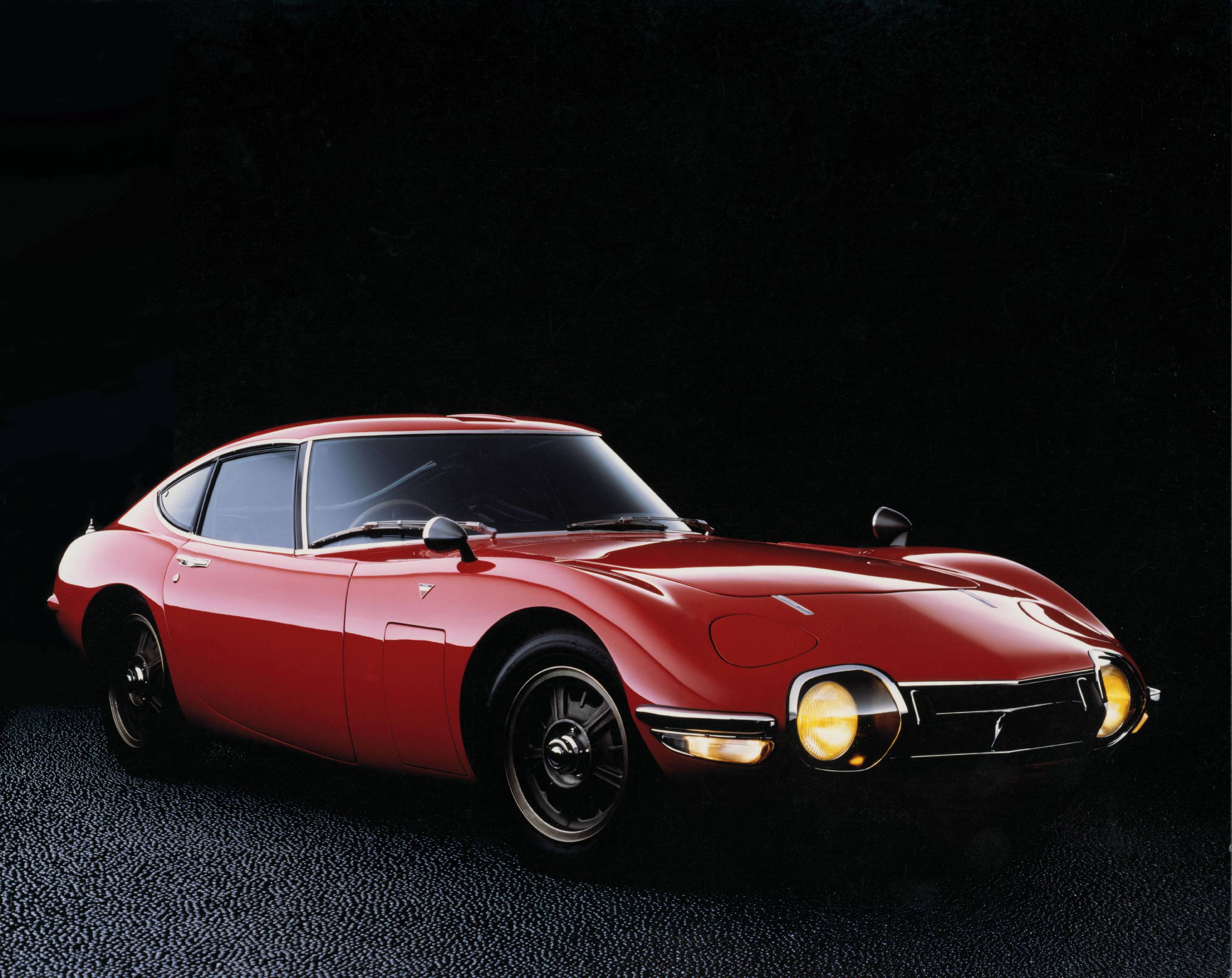Will Japanese classics be the future kings of the collector car industry?
Mitsubishi recently teased us with a new crossover concept that carries an all-electric drivetrain, signifying Mitsubishi’s commitment to the technology. It packs coupe-like styling as an SUV, very much in style right now. And it’s a departure from any current Mitsubishi.
Its name is a familiar one, however—the e-Evolution.
What’s in a name? If you’re Mitsubishi, everything. If you are of a certain generation, the name Evolution holds fond memories of rally terrors from the ’90s, Tommi Makinen leaping over dirt berms to techno music in fuzzy .wmv video clips illegally downloaded in innumerable high school computer labs. We grew up and we played the next Gran Turismo. We waited. And at long last, the Lancer Evolution made its way to America, its mythic reputation already ingrained.
The name is apt, perhaps more appropriate than we care to admit. After 24 years, Mitsubishi brought the last 1,600 Evolution models to America as commemorative Final Edition examples. At an auction in 2016, the very last Final Edition—the last Lancer Evolution ever—sold for $130,000.

Hagerty’s valuation specialists paid close attention to the results. In their parlance, it was a “breakout sale,” a transaction so atypical that one of two things might happen. The sale could launch a trend, with similar Evolutions rocketing skyward—a rising tide floats all boats, and all that. Or it could be a fluke. It also raised the question, have modern Japanese cars finally arrived on the collector market?
***
“When we started in late 2006, there were tons of people just saying, ‘A Japanese car will never be collectible,’” Ben Hsu, founder of Japanese Nostalgic Car, said in an interview a few years ago. “You’d watch Barrett-Jackson auctions and people would say, ‘There’ll never be a Honda crossing the block.’” Hsu spoke around the time a pair of Toyota 2000GTs sold for more than $1 million in Monterey. For much too long, Japanese cars were seen as “a poor man’s” car”—a poor man’s E-Type, a poor man’s MGB. Cars have always held a Euro-centric focus. The French invented it, the Italians won races with it, the Germans better engineered it, the British made it luxurious.

But wait—maybe the Japanese car has been collectible for a long time now. Look at the Toyota Supra, a turbo-powered dreamboat sent dizzyingly upward by a combination of rarity, good looks, horsepower, potential for more horsepower, and movie-star success. Since 2013, the value of a top-notch Supra has never dipped below $60,000. It is now close to $90,000.
Other examples abound. From 2006–16, the Acura NSX doubled in value. Another Mitsubishi, the 3000GT VR4, has remained steady. In 2015, something happened that caused Mazda RX7s to rocket skyward. Even the humble MX-5 Miata has seen its fortunes favored. (Don’t worry, you can still get one for cheap.) Even SUVs have been reaping the benefits of being rediscovered by the young, and the Toyota Land Cruiser has fared especially well for some time now—well beyond the FJ80. Those VTEC-equipped Honda Civics may very well be the next BMW E30; more and more people could soon recognize their humble appeal.

***
Truth is, the final edition of anything will always be worth something to someone out there. Take, for example, the final Commemorative Edition Nissan 300ZX that sold for close to $100,000 recently. Like the final Lancer Evolution, it will most likely be squirreled away in a garage, its turbos rarely given free reign to spool. We are seeing the swan-song preservation mentality applied to modern Japanese cars that are still fast, reliable, and usable.
Hence, the age of the Japanese car will have more meaning to a legion of millennials, who—when they’re not busy killing every possible industry from beer to diamonds to motorcycles— might actually pay attention to what they dreamed about during algebra class. American cars from the 1950s are in a state of flux. Racing Ferraris are still unattainable. Eighties cars are still cheap, and they’re usually thrashed into the ground as a result. Porsches and Alfa Romeos are cool, but they bring with them an entirely different set of sensibilities. Someday, though, we may revisit with misty-eyed wonder that 1024×768 wallpaper photo of the R34 Nissan Skyline GT-R we once downloaded from a Russian spam site. Wait until that legally hits American shores.

“The oldest millennials are taking over,” says Hagerty Vice President of Valuation Services Brian Rabold. “You can really see this shift in taste. What the oldest Gen X person wants is not what the typical baby boomer owns.”
So Japanese cars have been collectible for some time now. Rather than decry it as the death of the collector car industry, it should be seen as its savior. Maybe Mitsubishi will build a hell of a rowdy electric crossover—stranger things have happened in the car industry from lesser entities—and iin 10 years we could consider it something rare, beautiful, and worth preserving. There could be no better evolution of the Evolution than that.


